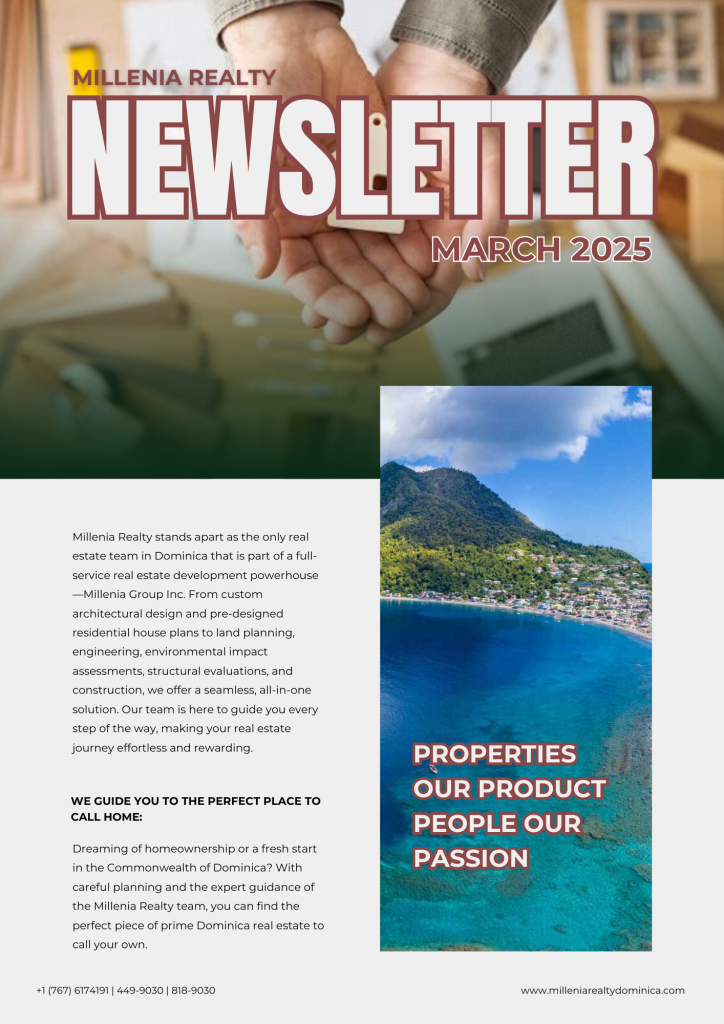
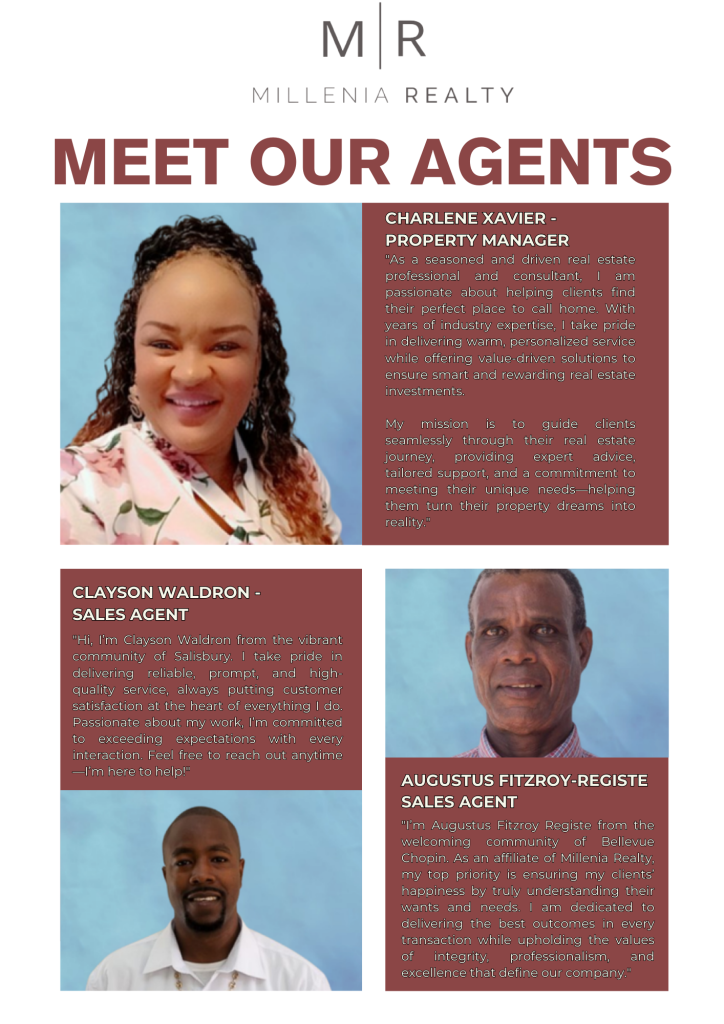
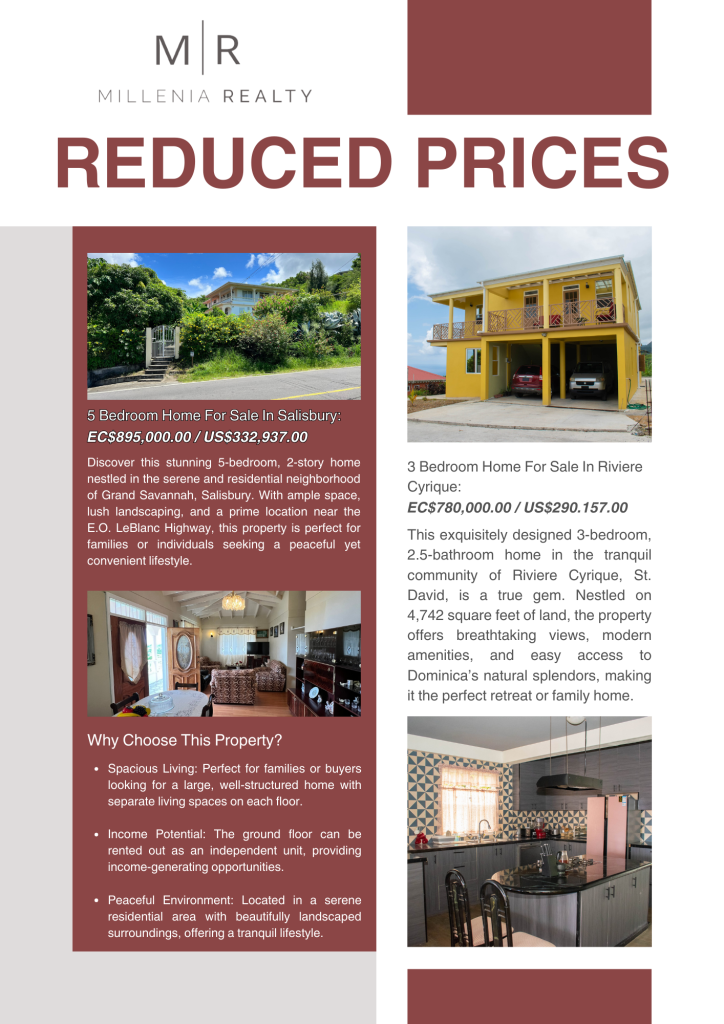
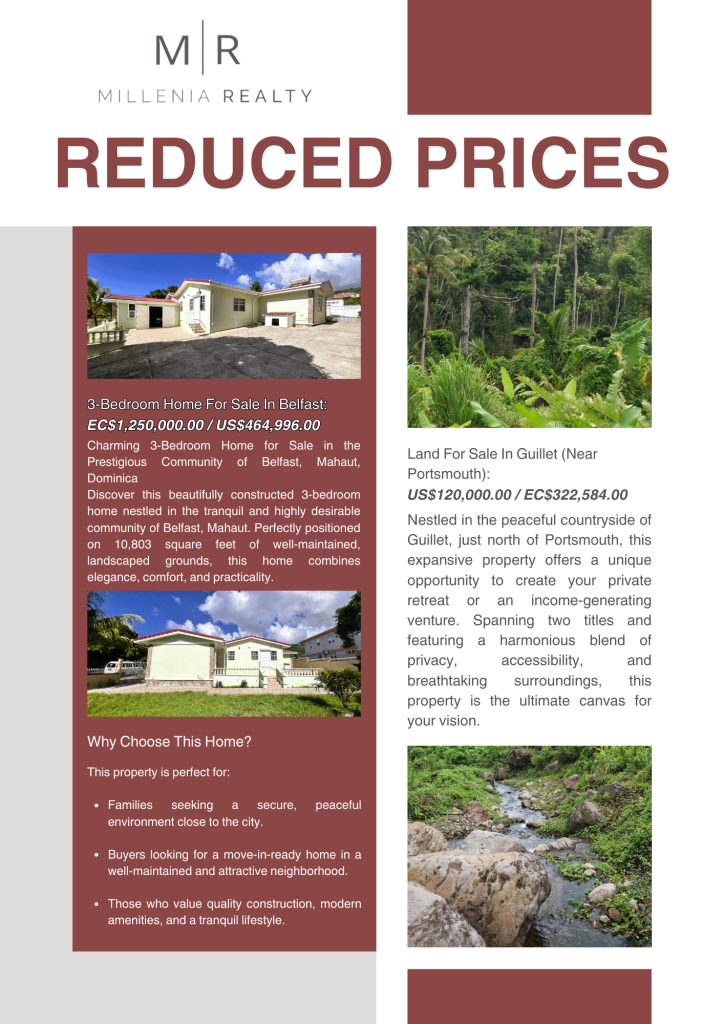
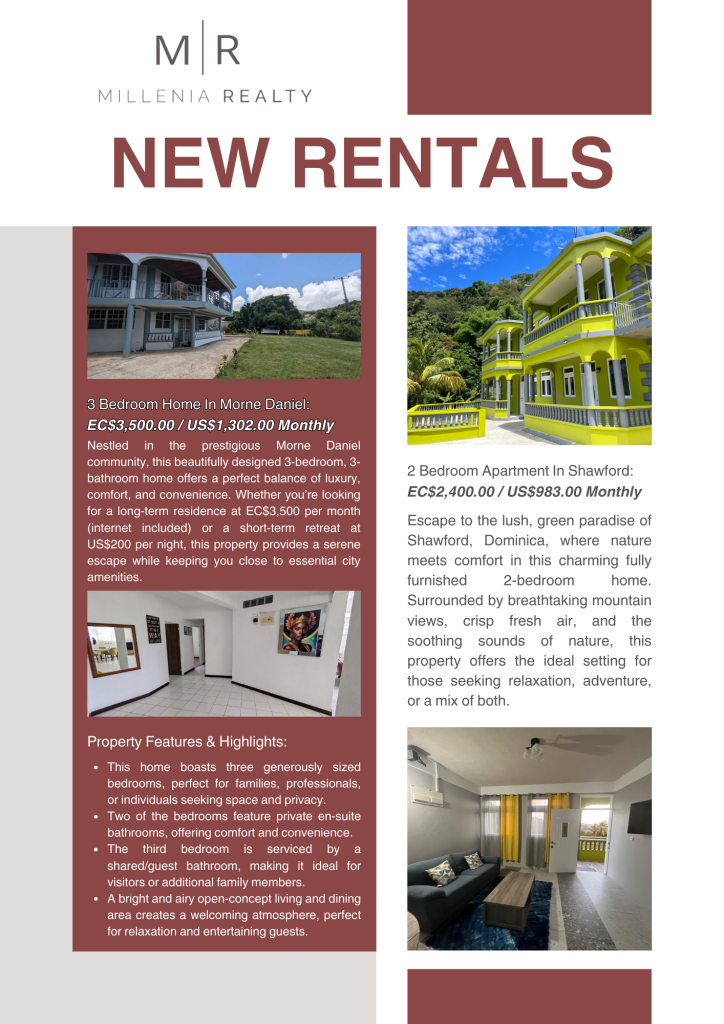
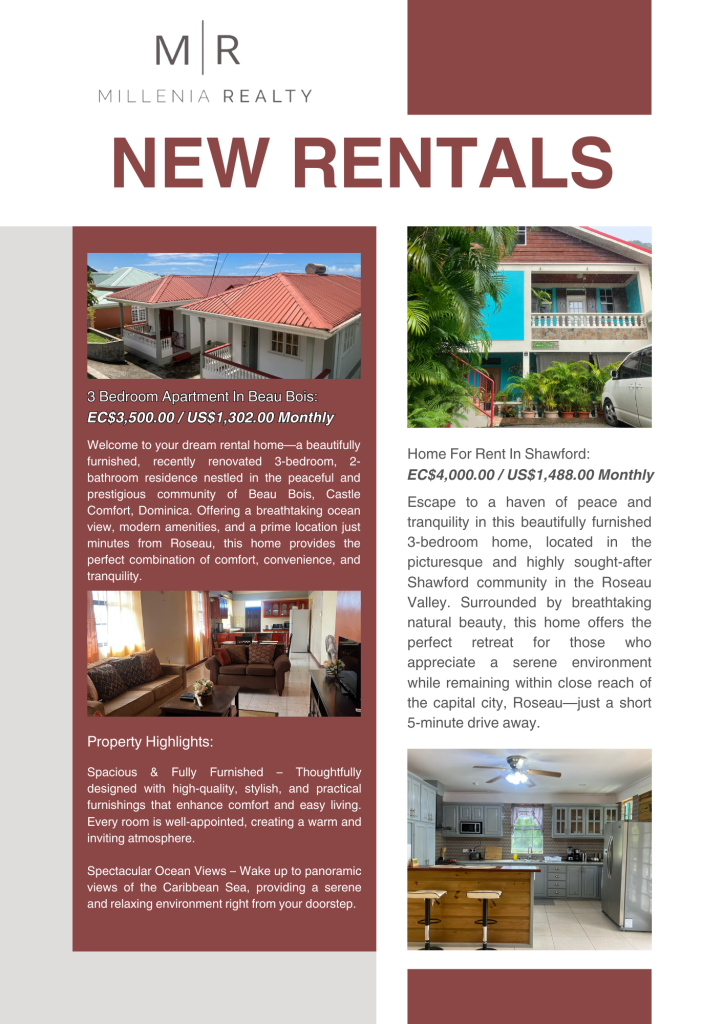
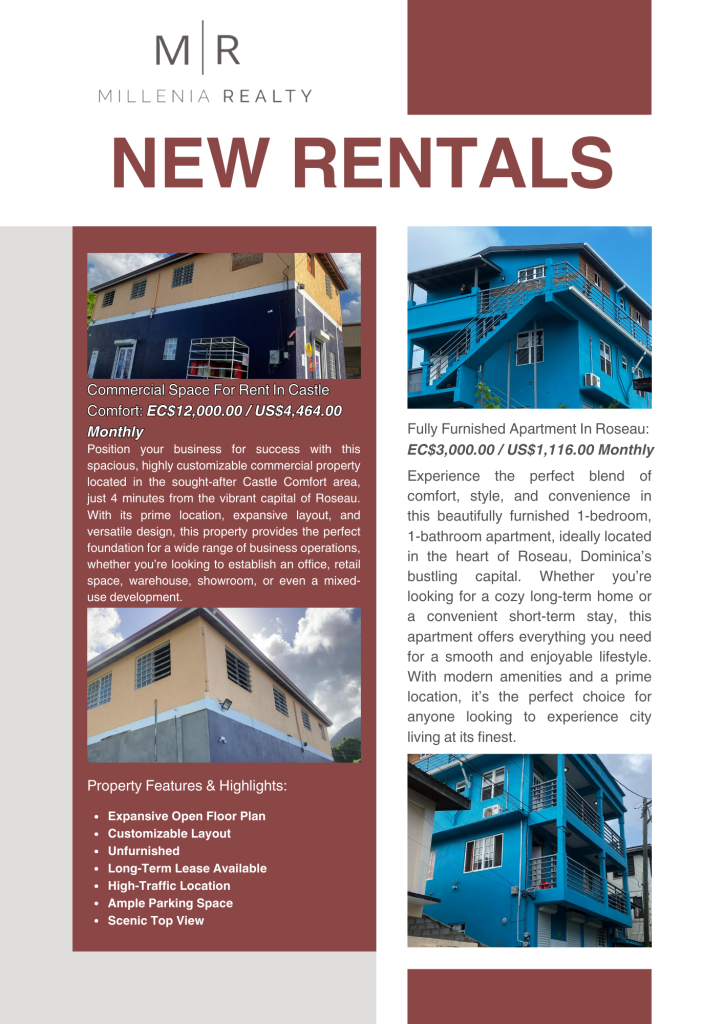
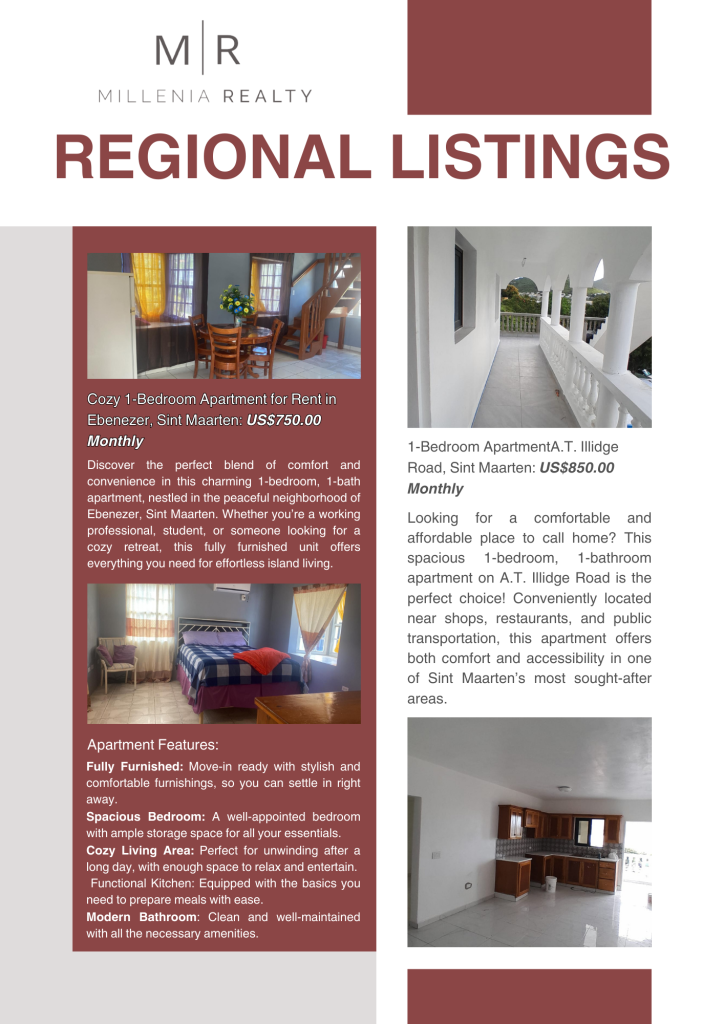

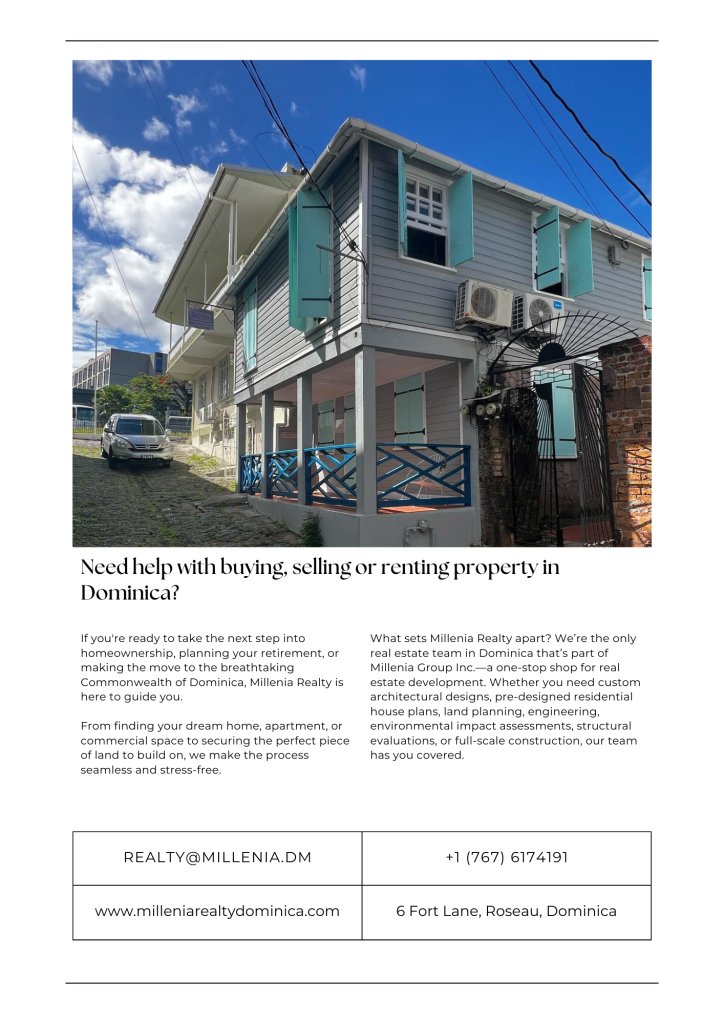
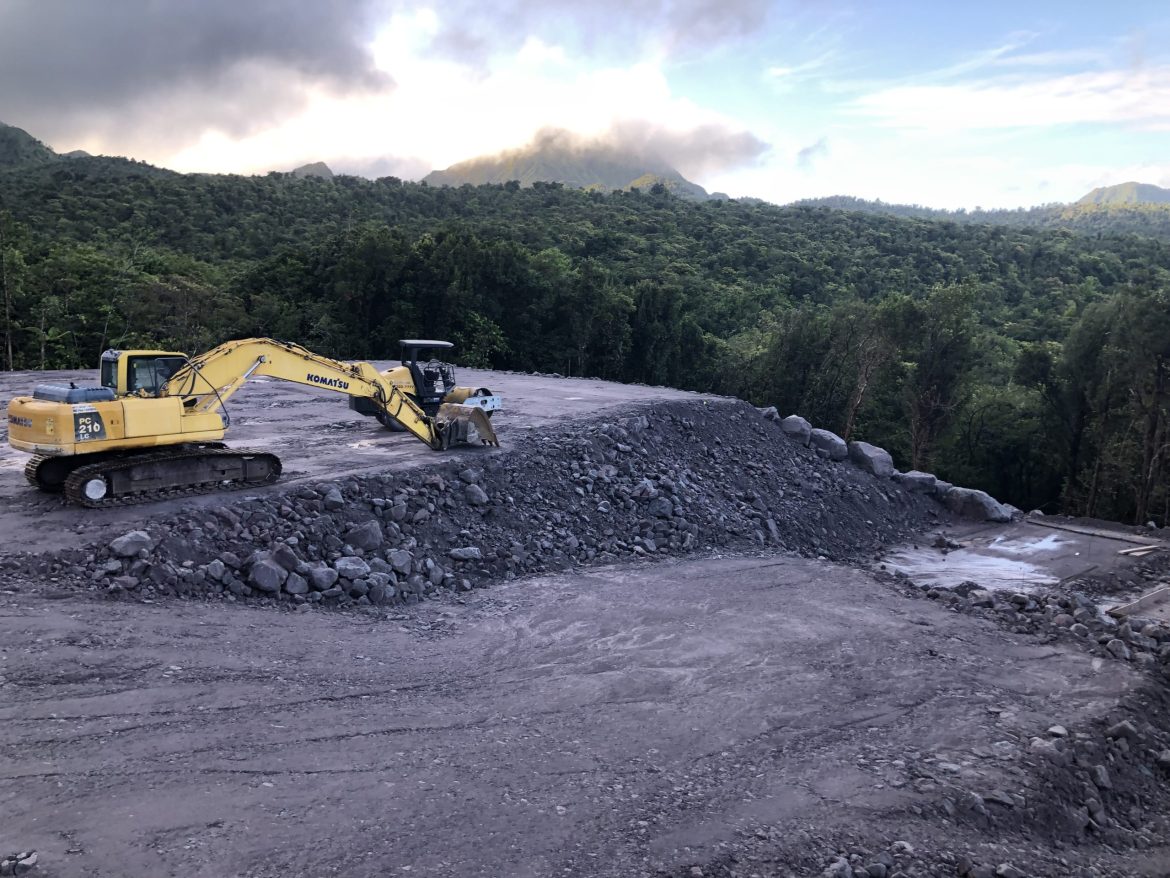
The construction industry plays a vital role in GDP all over the globe. As the demand for the construction of buildings and infrastructure is continuously increasing due to growth and development and changing needs, there is value to adopt sustainability principles in all aspects of project management such as site selection, design, construction, procurement, staffing, operation, and maintenance.
The challenge for sustainable construction and engineering is to adequately design, develop, and implement.
Law Insider defines – sustainable building as a building that is healthy and comfortable for its occupants and is economical to operate while conserving resources, including energy, water, and raw materials and land, and minimizing the generation and use of toxic materials and waste in its design, construction, landscaping, and operation.
In our region, the challenge we face in designing sustainable buildings, usually relates to: lack of innovation in sustainable and durable materials, and often professionals do not encourage the use of sustainable building systems that are durable and environmentally friendly (eg water capture systems, renewable energy systems, well-ventilated spaces, durable and low maintenance materials). In addition, building regulations, standards and specifications are not sufficiently enforced/managed to enable the evaluation of building systems from a sustainability point of view. That said our communities have made significant strides particularly with embracing new millennium development goals as well as strategic processes towards becoming more climate resilient and green conscious.
Many construction projects in small island developing states (SIDS) are unsustainable.
Projects are often unsustainable because the technical and social aspect of sustainability are not fully considered.
To that end, several experts in the industry recommend these technical and social sustainability processes to projects in the developing world, to name a few:
1. Engage the community or related parties in the entire life cycle of the project
2. Design with sensitivity to the local culture
3. Design for maximum efficiency of limited water supplies
4. Design locally sustainable systems for energy efficiency and comfort
5. Design for the safety of the occupants by incorporating local codes while acknowledging international standards
6. Design projects that can be safely constructed by the local trades (given training opportunities)
7. Build using locally understood construction methods
8. Build with locally sustainable and affordable materials
9. Understand the micro-climates of areas we live in
10. Respect buffer zones in coastal regions
11. Understand the behavior of lands we wish to build on to mitigate negative risk
12. Environmentally conscious water management systems
13. Strategic use of native plants, trees, and grasses, for soil quality and water retention improvements
14. Natural light utilization for energy efficiency
This beautiful, 4 bedroom, 4 bathroom high-end home in Woodford Hill, Dominica was recently sold. The home contains 7,506 square feet and sits on a 9.438 acre tropical estate which is cultivated with various beautiful flowers and a variety of fruit trees such as mango, coconut, avocado, papaya, pineapple, custard apple, bananas and plantain bounded by a fresh water ravine.
The home has an airy, naturally lit and expansive kitchen. It contains space for an oversized refrigerator and stove; a large island is well-positioned with sitting area; there is the convenience of two sinks – a double and a single – as well as ample storage. The kitchen is open to a large dining area and there is a door leading to a patio from both the kitchen and the dining area for even more spacious dining.
The home provides space for both formal and relaxed indoor living. The high ceiling and split level design in the main living area are unique features among many others surrounding that space. Access to a large balcony through French doors is available to further extend the space. The other living area has an ample size. Across from this area is a spacious room available for use as a study or closed off game room.
On the second floor of this high-end home in Woodford Hill, Dominica, with a towering view of the expansive manicured grounds, the master bedroom suite is intimately elegant. It is overwhelmingly large with access to a quaint balcony which provides beautiful mountain/ridgetop views. The sleeping area is large enough to accommodate a cozy lounge area or office/study nook. It contains an ample-sized walk-in closet and cozy bar/coffee area. The master bath is a generous size. It is well appointed with double sinks, ample storage, large soaking tub and roomy standing glass shower stall with modern rain shower fixture.
There are three other bedrooms: two on the other wing of the second floor and a guest bedroom on the first floor. They all are spacious with proper ventilation and abundant natural light. The home contains 2 additional baths: a shared bath on the second floor and a guest bath on the first floor. They feature adequate storage, sufficient natural and task lighting, and posh fixtures. The basement contains a storeroom/bedroom, bathroom, laundry, 3-car garage and patio.
The home has high-end quality finishes and conveniences such as ceramic tiles through-out, ceiling fans in majority of the rooms, beautiful light fixtures, sash windows with laminated glass, glazed and paneled doors, large bay windows, smoke detectors, 110/220 volts wiring, garage with automatic doors, security lights, standby generator with transfer switch, double panel solar water heating system and 400 gallon water storage tank.
Constructed in 2008, this high-end home in Woodford Hill, Dominica is a reinforced concrete framed structure with block-work walls. The home offers much privacy being about half a mile from the main populated part of the Woodford Hill community.
The home is about 5 minutes’ drive from a white sand beach and about 25 minutes to the island’s main Douglas-Charles Airport. The community of Woodford Hill is located on the North-Eastern side of the island. Woodford Hill is situated 19 miles from the main city Roseau in a northerly direction and 8.5 miles from the large town of Portsmouth. Social services and public amenities such as church, health centre, supermarket, local shops and school are available nearby either locally or in the neighboring villages of Wesley and Marigot.
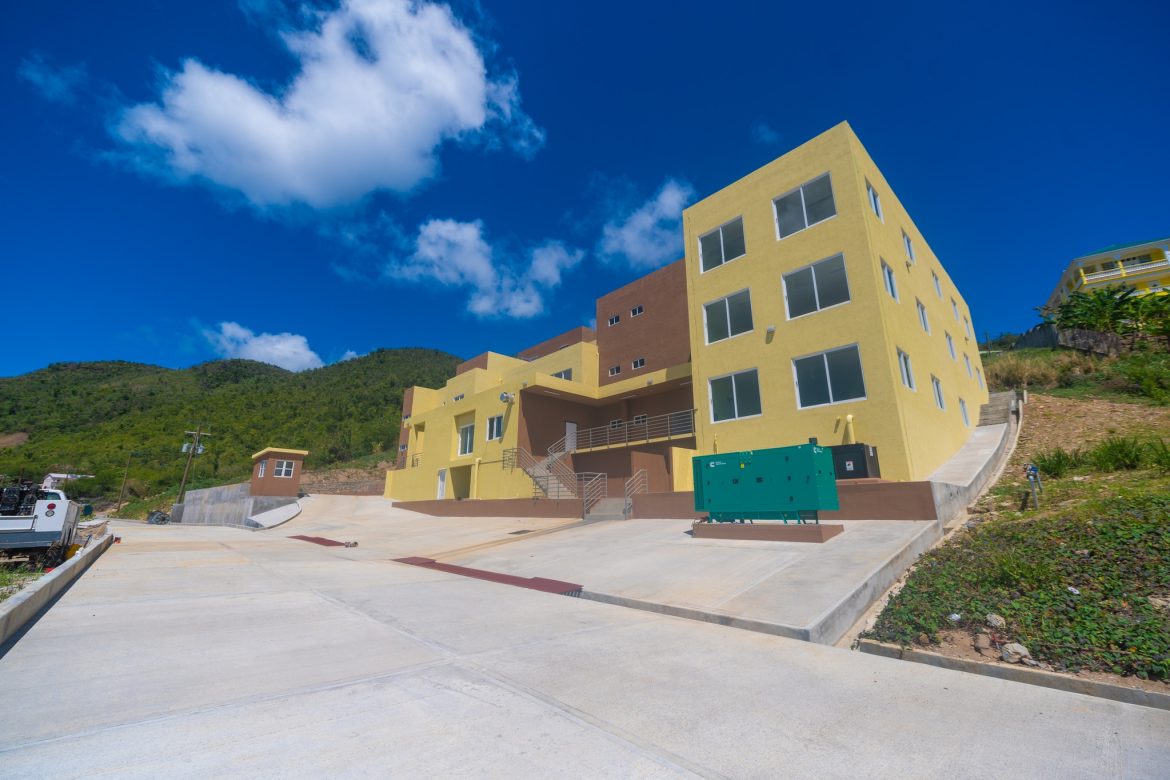
According to the Resilient Design Institute, resilient design is defined as “the intentional design of buildings, landscapes, communities, and regions in response to vulnerabilities to disaster and disruption of normal life”.
In general, building in conformity to code is good but sometimes not enough, so understanding micro climates and environments of communities in which we live is key and in fact the challenge facing contractors today is constructing buildings, and communities that are resilient in the face of hurricanes, floods and earthquakes plus other natural disasters which we face.
A surmountable task, for sure. For example, building resilience in our Nature Isle needs to mitigate impacts from hurricanes, floods, landslides and earthquakes. On the other hand, along parts of the Canadian coast, storm surge considerations are much more of a concern.
After the devastation that swept over Dominica following hurricane Maria (2017), the Government declared building initiatives for resilient building practices.
The Government tackled projects considering a few main programs:
· Housing Recovery
· Community Reconstruction
· Infrastructure
This helped strategically to focus effort on the rebuilding process. A leading resilient authority, The National Infrastructure Advisory Council (NIAC), breaks resilience into Four Rs: Robustness, Resourcefulness, Rapid Recovery and Redundancy. This we have used as guide for our resilience design approach as a local consultant aiming to link our methodologies with the greater public efforts for a robust resilient rebuilding program.
In particular, here are a few specific areas of design we have stressed in our resilient approach.
1. Impact of Wind
When designing to withstand hurricane winds, we have looked closely at building shape, roof shape and type of windows as these we have found seriously impacted resistant to strong winds. Our analysis and choice of elements have stemmed from our study following hurricane Maria where we performed some 550 damage assessment exercises on various building types.
2. Roof Parameters
A roof is one of the most vulnerable parts of the building in a hurricane. For example, hip roofs perform better than flat (shed) or gable roofs, because of their enclosed envelope surfaces. Steeper pitches are also more resistant than shallow-pitched roofs. Flat, sloped concrete roofs are good options for resistant approaches but have other maintenance issues. Even roofing materials is a key choice as different materials offer varying performance values. Standing seam galvanize form showed better resistance than the more popular wave form galvanize option used in the islands.
Long eave overhangs also tend to give strong winds a place to grab on to. This is unfortunate since overhangs are an excellent way of protection from rainfall.
However, inspite of shape we have found that integrity of your roof can be maintained with sound construction practices, in particular, use of conservative spacing with adequate anchorage and connectors. Hurricane metal straps are recommended (by code) for achieving a proper connection and adding more resilience.
3. Windows And Doors
Windows and doors are also vulnerable points in a building. These can be shuttered for additional protection or use of standalone impact windows.
4. Flood Impact
Protecting your building from flooding is very important.
Our SIDS (Small Island Developing States) are exposed to heavy rainfall each year, which often cause flash floods and landslides. Storm surges can also affect coastal areas and can have devastating effects on property.
Building code and authorities have often warned against building in flood-prone or coastal areas. However, this is not always avoidable due to our scarcity of lands.
Elevating floor heights is one sensible building resilience strategy that will protect the house and its contents from floodwaters. Choosing the right height can be as simply measured from hind cast data or from more rigorous empirical data if available.
5. Safe or Strong Room
During design and construction process, it may be a good idea to designate a room that can serve as a safe / strong room. This room would have an additional level of structural integrity and would be for extreme weather events to ensure your family is safe. This has become a popular concept for many homes now being built after hurricane Maria.
This may include usual reinforced concrete block walls for both interior and exterior added with da reinforced concrete slab and limited openings.
Increasingly, severe weather is placing greater demands on buildings, creating the need for better resiliency and durability in both buildings and the products that they’re built from.
“Durability in design” means trusted designs offering better performance from the products used and from the structures themselves, relieving any stresses placed on societies and governments.
Building better means, more resilient buildings that will contribute to a more sustainable lifestyle and environment.
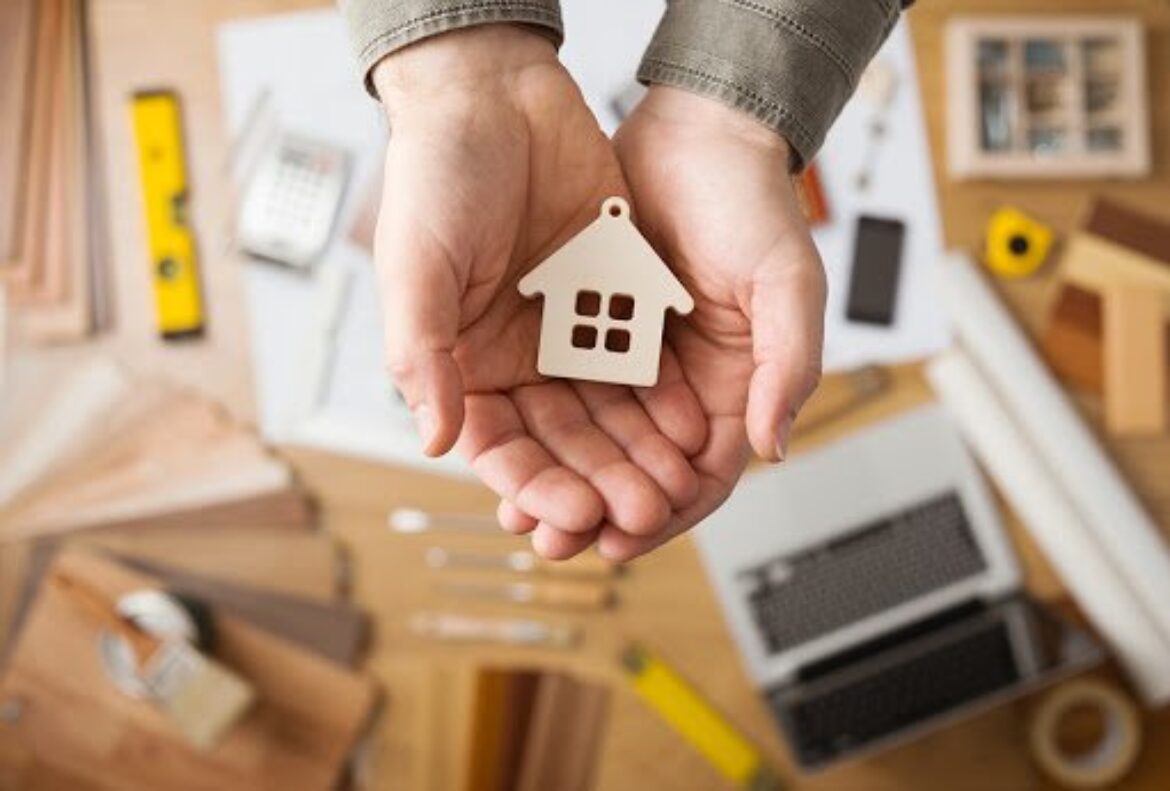
With a new year come new opportunities, new possibilities and new decisions to be made. One very important decision you’re probably either facing, or will face in the near future is what real estate option is best for you. Whether you buy an existing home, have your home built or rent a property is a huge decision and the answer is not always simple as you might think. Here are the main benefits and drawbacks attached to the three main options mentioned above.
Buying a Home:
The two main advantages to buying a home are cost and convenience. Contacting a real estate agent or agency to assist with finding relevant properties, dealing with the paper work and assisting with negotiations can fast track the process allowing you to find the ideal home sooner rather than later. Another important advantage is that the cost of buying a home, in many cases (not in all), is cheaper than starting from scratch.
The main disadvantage with buying a home is that you won’t get exactly what you want. The layout may not be to your liking, or certain rooms may either be too small or larger than you would like it to be. However, the convenience of being able to move in right away is compelling enough for many individuals to choose an existing home over the building process.
Building a Home:
By building a new home you could use an architect or designer to create your dream home instead of settling for features that you find less than desirable. In addition. building a new home is more efficient and healthier for you. Building and energy codes change allowing homes to be more energy efficient which is better for the environment and can save you more on your utility bills. A new home is also less likely to bring about health concerns such as mold, lead paint, etc.
The biggest drawback to building is that it is a huge project to undertake, and it takes a lot of time. Hence it does not provide the same convenience as buying a home. However, building a home provides a level of satisfaction that you can’t get through buying a home.
Renting a Home or Apartment:
With renting you have a much greater degree of flexibility that you don’t get when you’re tied into a mortgage arrangement. For individuals who are constantly on the move a benefit of renting is the mere fact that you can move on at any time and don’t have to worry about the stress of selling your existing property and buying another.
The main downside with spending your entire life renting is that you have no fixed asset, which is a big disadvantage for many individuals.
If you need any clarification on this topic, feel free to email us at feedback@millenia.dm.
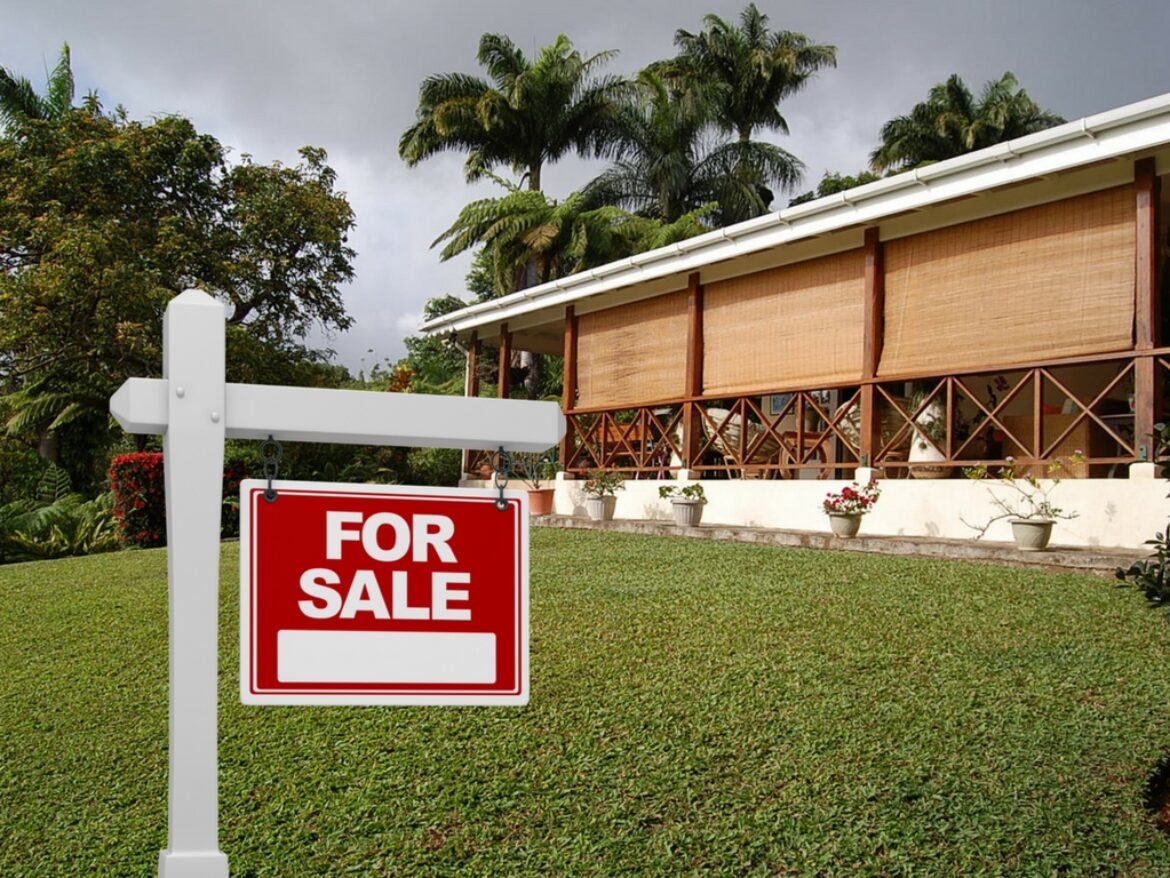
Are you planning on placing your property on the market for sale or rent? Are you considering seeking the assistance of a real estate agent or agency to get your property sold or rented but don’t know who to turn to? Then this article is for you. Today we share with you 7 of the most important characteristics that a real estate agent should possess.
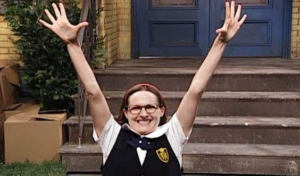
Photo credit: Pinterest.com/ Lighter side of real estate
With a good real estate agent everybody wins in the end.
What other qualities do you look for in a real estate agent? We would love to hear from you.

There is a lot of pressure when it comes to designing and building your dream home. You want to ensure that it is as perfect as possible and that you make as few compromises as possible. In this article, we discuss what needs to be done when designing a home and factors that you need to consider.
Getting Started: All you really need to get started is a simple thought or a dream. Think about your likes and your dislikes, the design choices that speaks to you, features that you’ve admired in other homes, as well as features that meet your needs and suits your style. Take note of these to better transition into the next step, finding an expert.
Getting Advice: Before making a final decision, it is wise to run the ideas you come up with past an Architect, or even a Contractor. By doing so you will be well informed on what can and cannot work, as well as the most cost effective design choices and materials allowing you to remain within a specific budget.
Keep the Future in Mind: When planning on designing a home it is best to design with the future in mind, not just your current situation. Where do you see yourself in ten years, 20 years, even 50 years? Do you plan on extending your family? Then you should design in such a way that the home can be extended at ease. Do you plan on spending your retirement in the same home? Then consider building a home that is elder friendly instead of having to make a lot of alterations when old age starts creeping up on you.
Think about the Land: Maximize on the shape and size of the land by designing your home to suit its natural state. You can always alter the land to fit your design, which you may need to do in any case. However the more alterations that needs to be done the more money that will be spent. If the land is already flat, designing a home that works best with a slope is unnecessary.
CLICK HERE for tips on making your home Elder Friendly.
If you need any clarification on this topic, feel free to email us at feedback@millenia.dm.
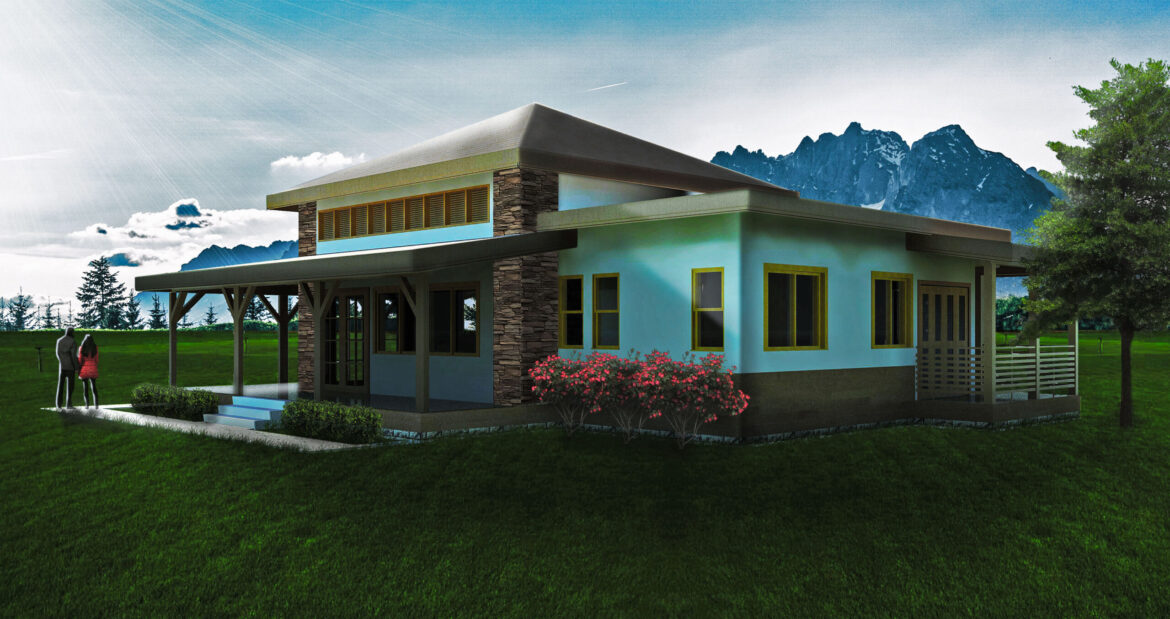
EC$2,264 Drawings Only
EC$3,523 Drawings and Cost Estimate
Floor Area 1,258sqft
Stories 1 | Bedrooms 2 | Bathrooms 2
Exterior Dimensions 46′ x 38′
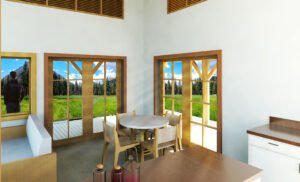

This plan appeals for its Economy of space, and Pacific Theme.
Open but Cozy: The kitchen, dining and living room flow into each other as a continuous open space but the maximum wall to wall distance is 20 feet, creating a ‘snug-living’ feel.
Bali Influence: Wooden louvers encourage natural ventilation, Bifold doors afford multiple spacious accesses (min 4 feet wide) to porches on opposite ends of the building. The Timber flooring on the porches along with the timber railing and stone facing accents add a soothing natural touch.
Privacy and Economy: The master suite, complete with a walk –in closet and en- suite bath (still below 200 square feet) opens out onto its own verandah.
Storage: A walk in pantry/storage closet provides ample space to store groceries and other household items.
CLICK HERE to view additional house plans available for sale.
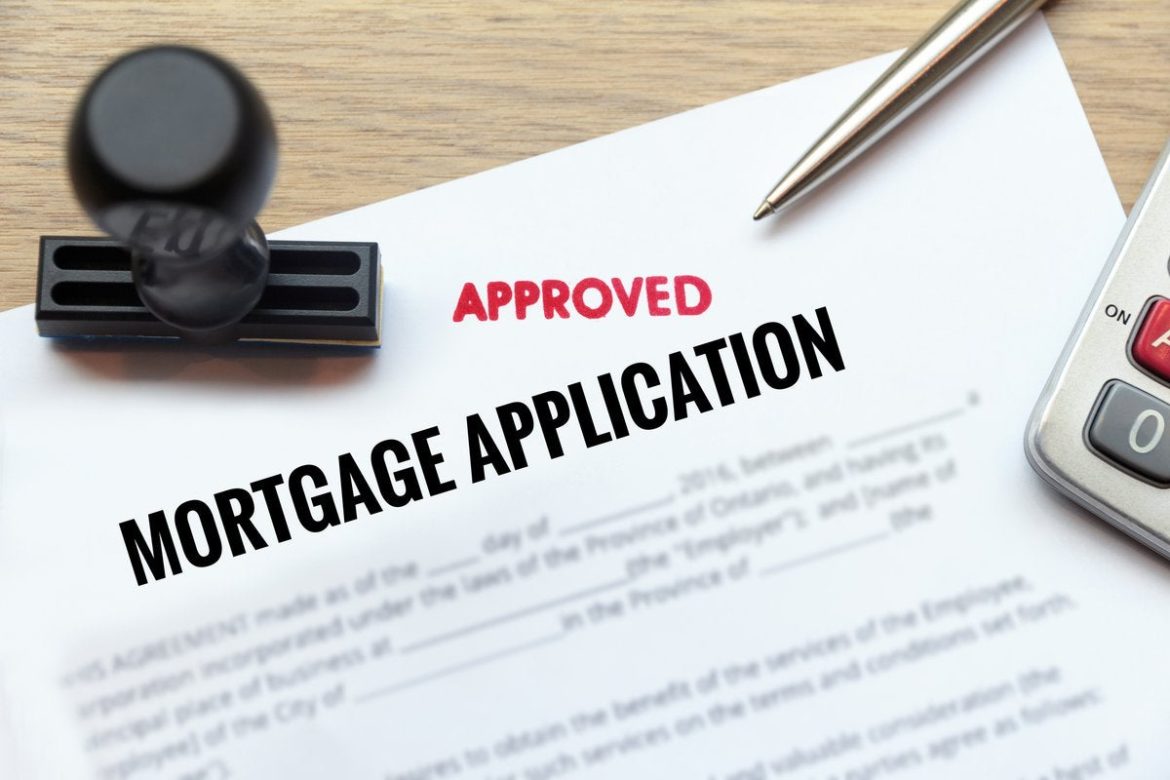
If you actually wanted to get to your destination, would you put the cart before the horse? We dare say that you would answer no.
This is why it is amazing that many potential home buyers put the cart before the horse and go out to search for homes without going to a financial institution first to find out what mortgage amount they could qualify to receive. We share the following 3 main reasons why prospective buyers should visit their lender before searching for homes.
Be ready to compete
Most times a buyer finds a great deal on a home, there are many other buyers who have also found it. A buyer who has been to their lender, brought in all the requisite information and has been advised of the mortgage amount they would qualify for is in a position of strength. This buyer knows for sure how much they should offer in negotiations with a seller and is able to offer a shorter time to complete the purchase because they have already begun the loan application process.
Do not short-change or disappoint yourself
A buyer who guesses how much house he can afford could easily be placed at a disadvantage. If a buyer thinks he can afford less, he could waste time looking at lower quality homes although he may be able to afford more. However, if a buyer can afford more than he thinks, he could be setting themselves up for great disappointment if he falls in love with a home that he eventually finds out he cannot afford.
It is practical.
It is just sensible for a buyer to first begin the loan application process and find out how much a
lender is able to provide to him as a mortgage loan then go out to view properties at an appropriate price. This will save the buyer, seller and real estate agent the time and inconvenience caused from discussing and visiting homes that the buyer cannot afford.